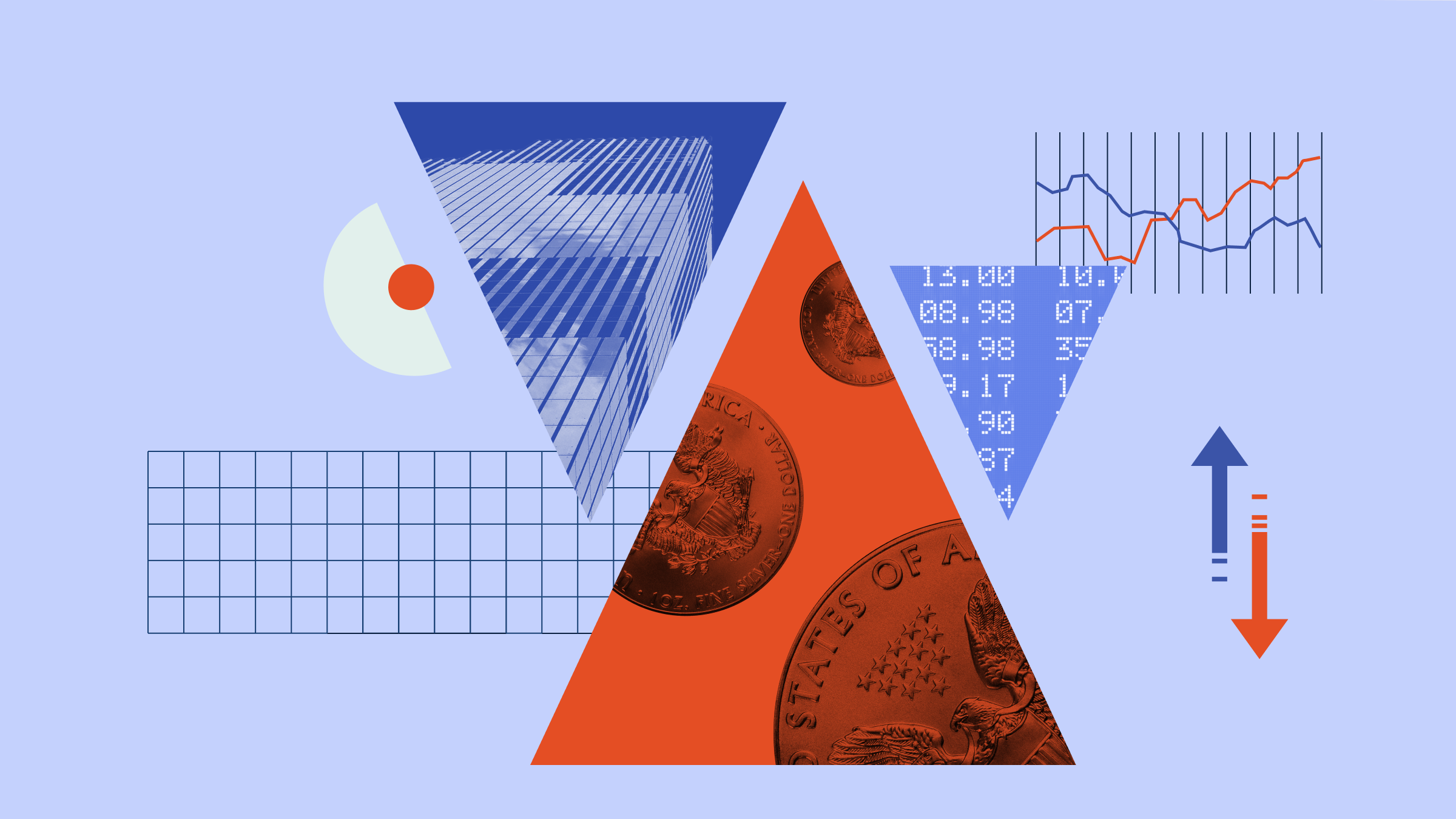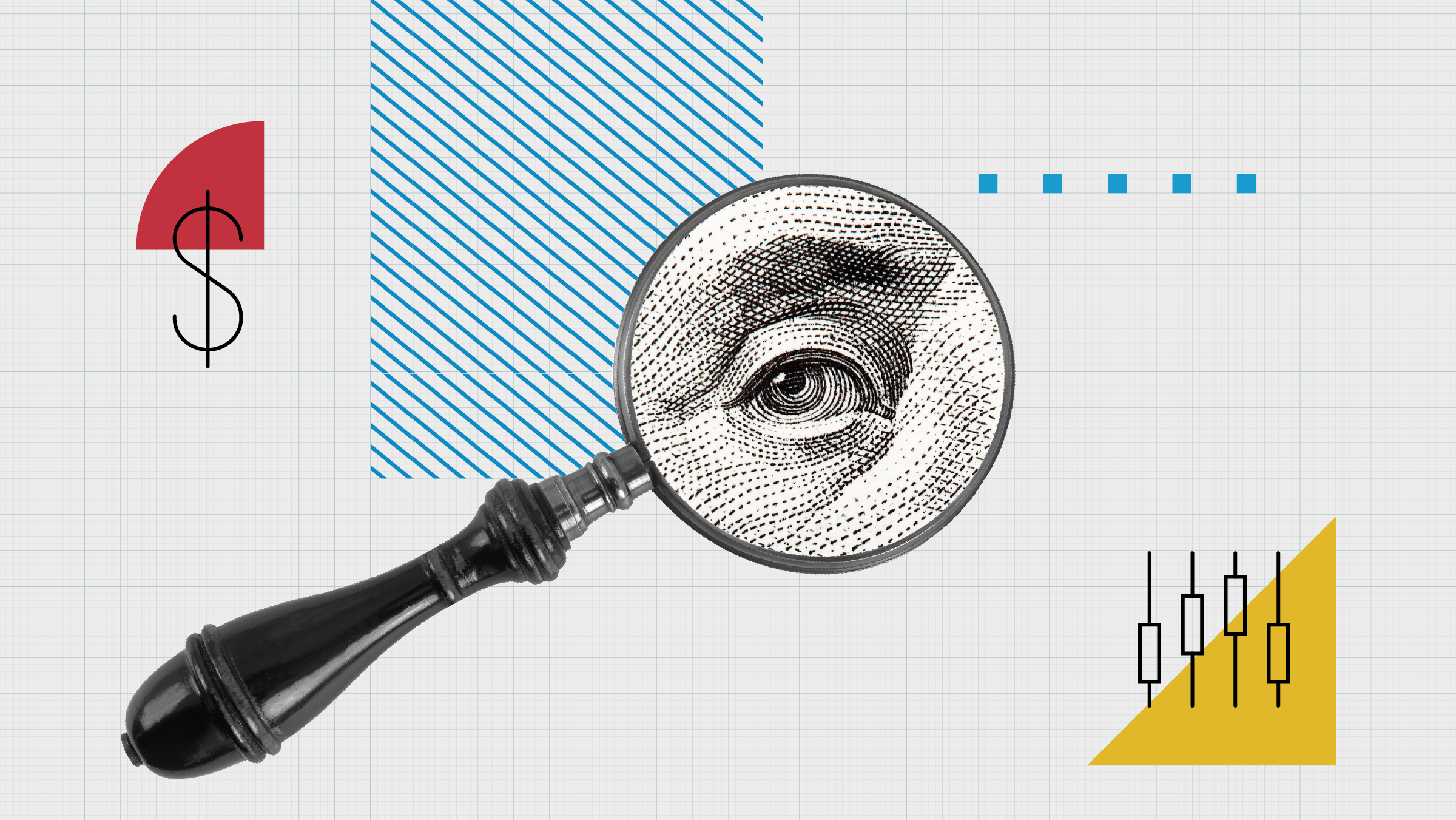
There are almost 105 percentage points between the best and worst performing exchange-traded products (ETPs) in January, according to Morningstar data.
We have looked at the key trends in the first month of the year, excluding inverse and leveraged funds. These instruments, being purely passive products, reflect the evolution of the markets, without the bias (good or bad) of an active manager.
The Leaders
January has a clear winner: crypto currencies, in particular Ethereum. The Ether Tracker Euro ETN offered by XBT Provider (a Swedish-based issuer listed on Nasdaq Stockholm and wholly owned by the CoinShares Group) gained more than 96% last month.
Technically, an exchange traded note (ETN) is a unsecured debt security issued by a bank, and unlike a classic ETF - which holds assets such as stocks, commodities, or currencies which are the basis of the price of the ETF – the return of an ETN is linked to a market index or other benchmark.
Generally speaking, investors have raced to buy and sell crypto-linked securities in January, month in which the trading volume of crypto-ETPs was about three times higher than normal. This sharp rise arguably highlights how investors (including institutional) are increasingly looking to gain exposure to or bet against cryptocurrencies on traditional markets rather than buying the digital currencies outright.
Also among the top performers are two trackers exposed to the cannabis business, the Medical Cannabis and Wellness UCITS ETF and the Rize Medical Cannabis & Life Sci ETF, both of them launched in the second half of 2020. In the US, several states voted last November to legalise the use of both recreational and medical marijuana. Indeed, Morningstar analysis indicates the legal cannabis sales could grow nearly nine times by 2030 and an increasing number of investors are looking to profit. The global market, currently worth around $3.7 billion a year, could grow to an eye-watering $43 billion by then.

January also saw a spike of the VIX Index, which measures volatility. The benchmark soared last month to its highest level since the end of October (just before the presidential election) and on January 27 hit its largest daily percentage move higher since February 2018, over the surge in speculative trading (on GameStop and AMC) by retail traders and the possibility of a market bubble.
Also known as the “fear gauge”, this index is often seen as a reflection of perception of risk. Investors are indeed facing a new year featuring many of the same old problems: surging Covid-19 infections, lingering concerns about the pace of the economic recovery, and a vaccine rollout that’s been slower than anticipated. Lyxor S&P 500 VIX Futures Enhanced Roll UCITS ETF rebounded 15.2% last month.
If such performances can indeed be tempting, it is always wise to remember that what goes up can go down very quickly (especially in the world of trackers). A good parameter to measure of the volatility of such instruments is the standard deviation, which shows how an investment has exceeded or lagged the average performance. Just to give an idea: the best performing ETP of January shows 136 points of standard deviation over the last year, meanwhile a tracker following the S&P 500 index has typically a standard deviation of 23 points in the same period.
The Laggards
Turning to the laggards, the worst performing ETP in Europe last month was Lyxor MSCI Greece, which shed 7.9%.
The bottom 10 list, however, is dominated by funds exposed to the Brazilian equity market. Brazil has been hit particularly hard by Covid-19, and its economy has suffered, contracting more than 4% last year. That is despite huge fiscal stimulus, which included cash payments to Brazilians worth some 8% of GDP.
The prospect of high government debt and stretched fiscal spending has reduced appetite for the country’s assets, and with the Bovespa index reaching its record high on January 8, investors have arguably seen a window to take some profit.
Finally, the price of zinc declined from $2,775 to $2,546 per metric ton in January. Fundamental supply-side factors and macro factors continued to underpin prices, as demand from consuming industries in the physical market has been slackening as a consequence of growing number of nationwide lockdowns.

The Biggest ETFs
Monthly top and flop performers often coincide with very volatile and therefore risky products, which should play a satellite role in your portfolio. Below you have an overview of the biggest European-domiciled ETPs in terms of assets, which could be more appropriate to consider among core holdings. Only six out of 20 show a positive return in January. Monthly performances go from 3.5% of iShares Core MSCI EM IMI ETF down to -2.1% of iShares Core DAX ETF.























